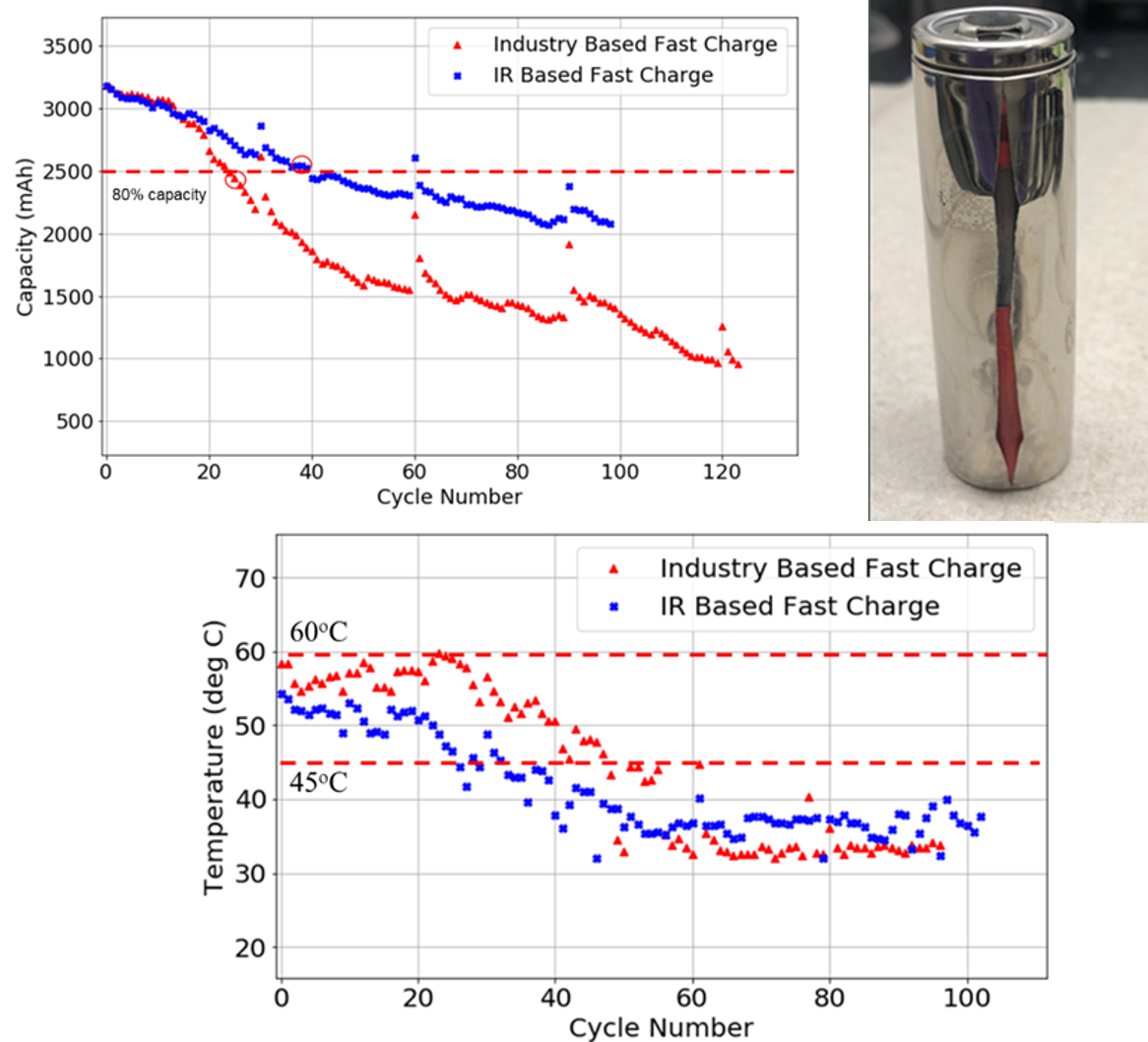Fast-charging damages electric car batteries
Two UC Riverside engineering professors led the research and found that Industry Fast-Charging, like Tesla's, subjects batteries to heat and resistance which then causes cracking, leaking, and capacity loss.
They have found the cure by using a new adaptive fast charging algorithm based on internal resistance. It claims "no damage"!

They recommend minimizing the use of commercial fast chargers!
I am not sure they'll be hired to do research for Tesla any time soon based on this kind of work
Heat and internal resistance are well-known issues and that's why Tesla has an active HVAC system for the main battery and variable charging rates as high as 250 kW to zero.
It sounds like they did not use a liquid cooling system in their tests.
Two UC Riverside engineering professors led the research and found that Industry Fast-Charging, like Tesla's, subjects batteries to heat and resistance which then causes cracking, leaking, and capacity loss.
They have found the cure by using a new adaptive fast charging algorithm based on internal resistance. It claims "no damage"!

They recommend minimizing the use of commercial fast chargers!
I am not sure they'll be hired to do research for Tesla any time soon based on this kind of work
Heat and internal resistance are well-known issues and that's why Tesla has an active HVAC system for the main battery and variable charging rates as high as 250 kW to zero.
It sounds like they did not use a liquid cooling system in their tests.


